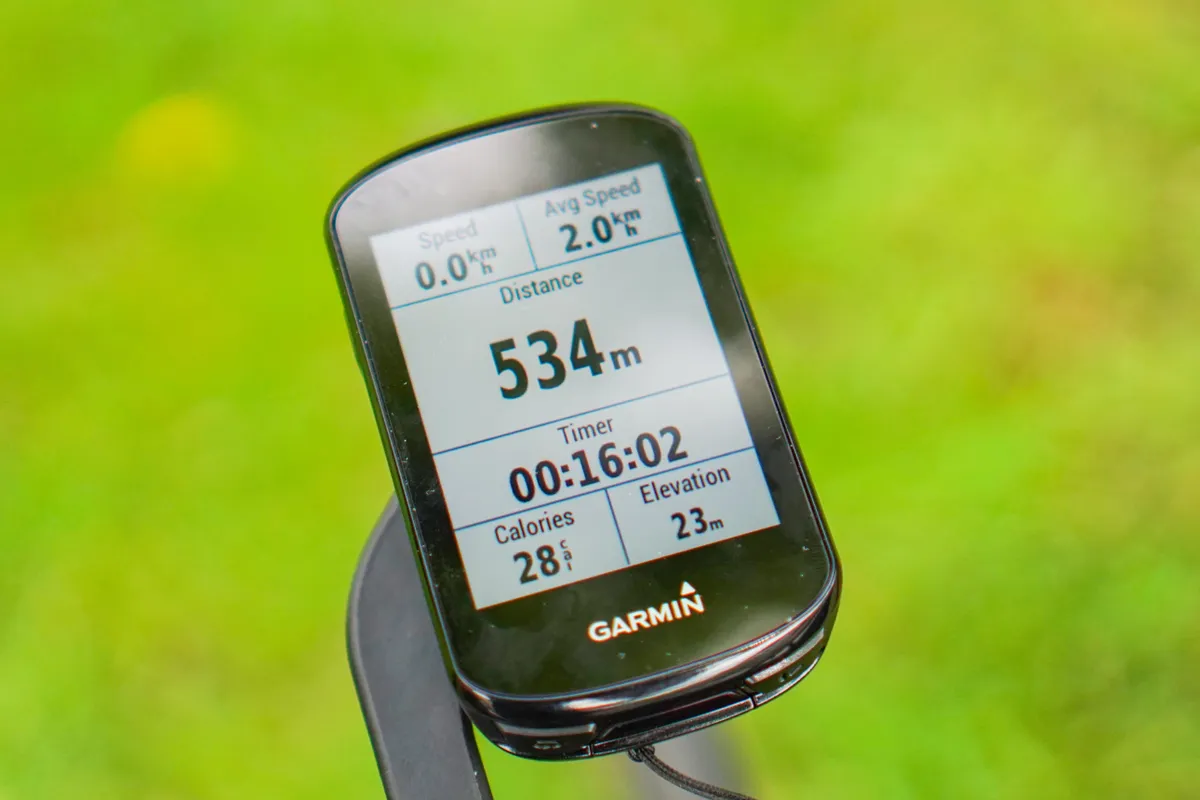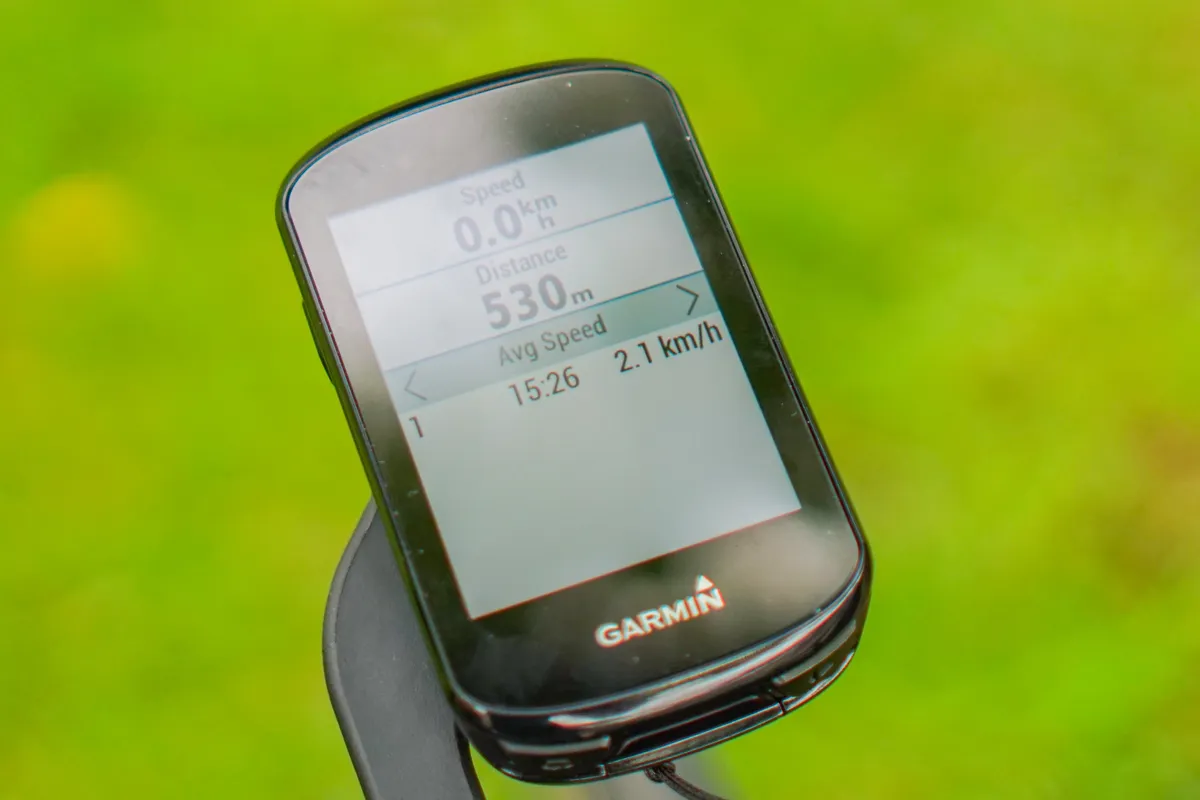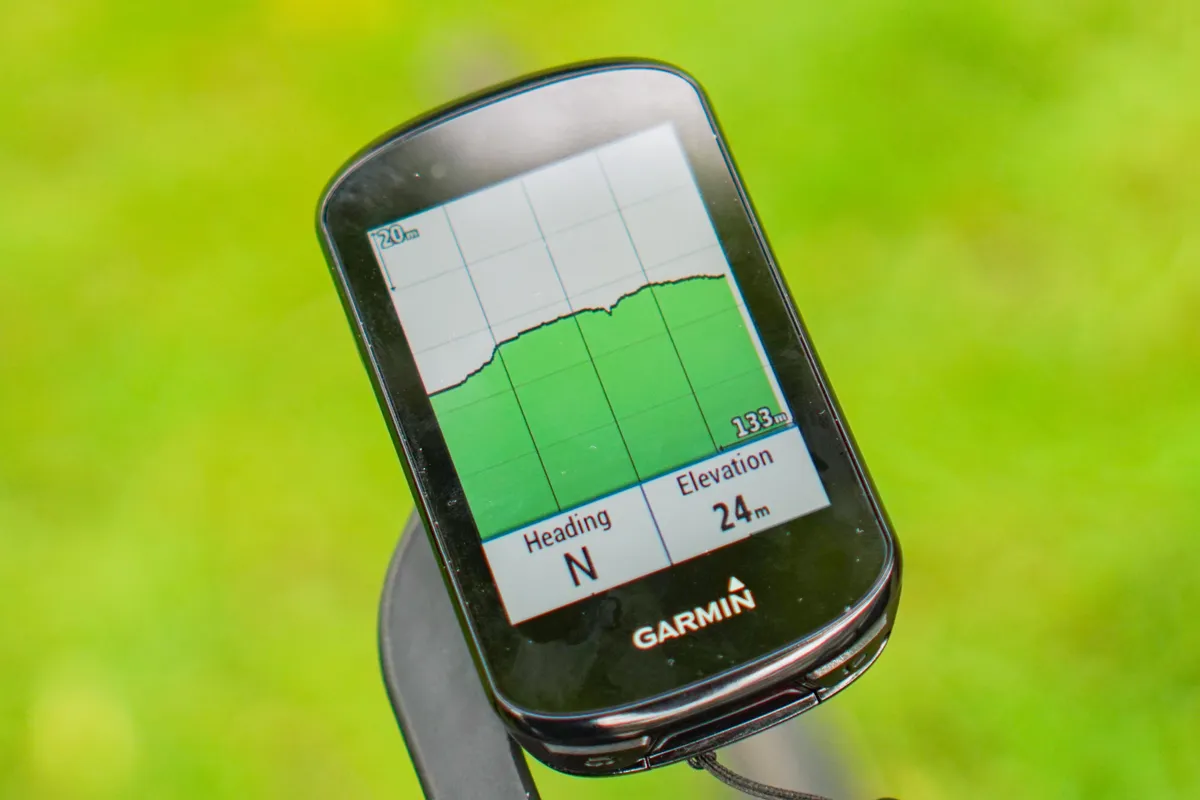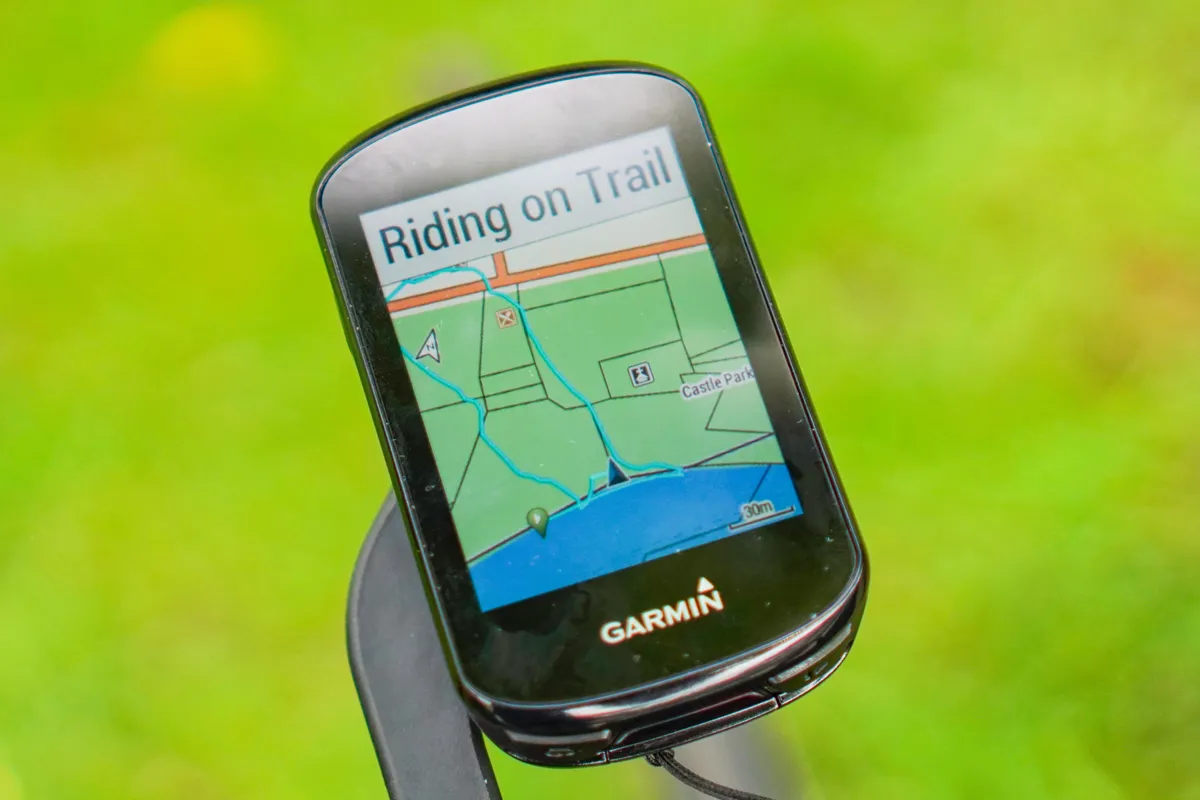Sitting one down from the top of Garmin’s Edge cycling computer product range, the new Garmin Edge 830 GPS supersedes the popular and top performing Edge 820 that we reviewed back in 2017.
- Garmin Edge bike computers: buyer’s guide to all the models
- Wahoo Elemnt Bolt review
- Wahoo vs Garmin: which bike computer should you choose
How good is the Garmin Edge 830?
The Edge 830 builds on the 820’s impressive array of features with on-device route creation, turn-by-turn navigation, customisable apps, Strava integration group messaging and tracking, an alarm function and, on top of all that, performance monitoring insights that give information on your VO2 max, recovery status, training load, heat and altitude acclimation, and your nutrition and hydration status after rides.
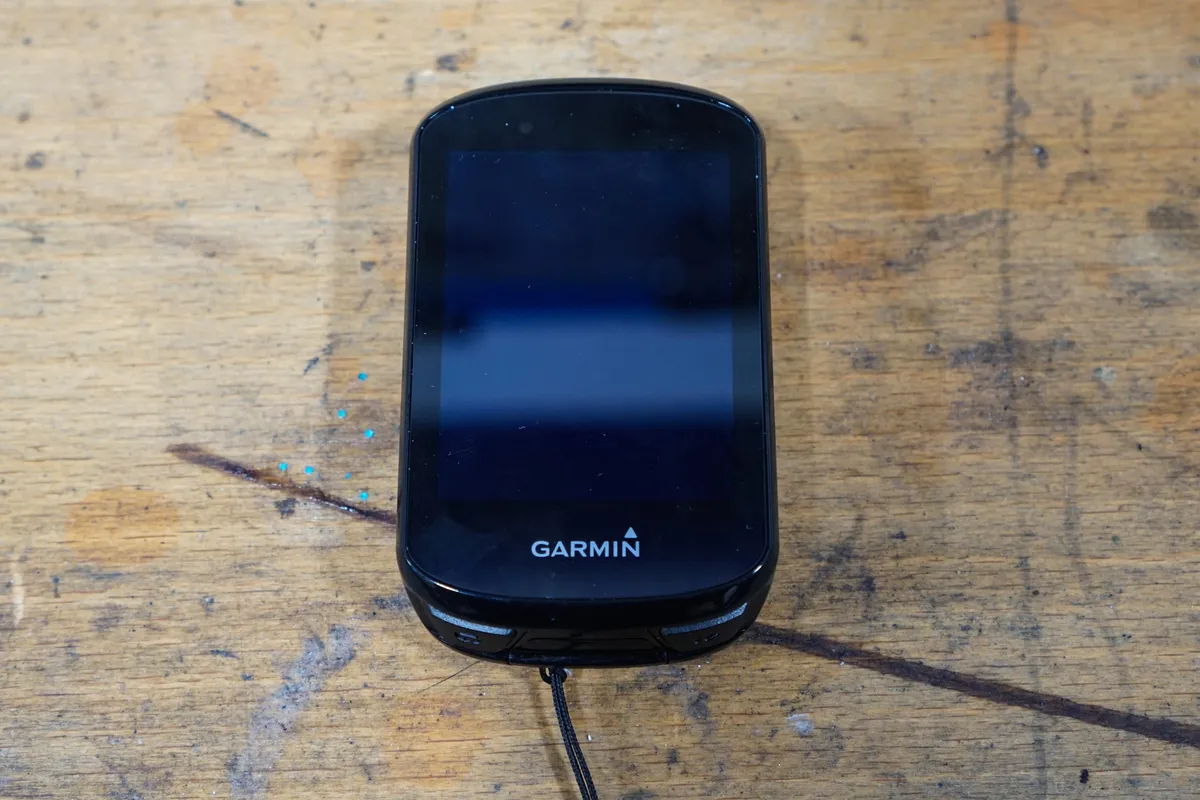
Garmin Edge 830 setup and app functionality
The Edge 830 has both onboard WiFi and Bluetooth connections so it’s possible to directly pair the device to any WiFi network. Once connected, the device will automatically link to Garmin’s servers where it can sync your device.
If WiFi isn’t available and you’ve got your phone, the device can connect to the internet via your smartphone using Bluetooth.
It’s startling how easy it is to set up the Edge 830 with or without the smartphone app, Garmin Express or Garmin Connect. Turn it on for the first time and you’re prompted to input a few crucial bits of personal information (that can later be edited if required) and the GPS is ready to use.
Likewise, fire up the app on your phone, connect it to the Edge 830 device and everything that you wish to achieve — such as route mapping, training load, performance and health stats and activity syncing — is intuitively ready and easy to use.
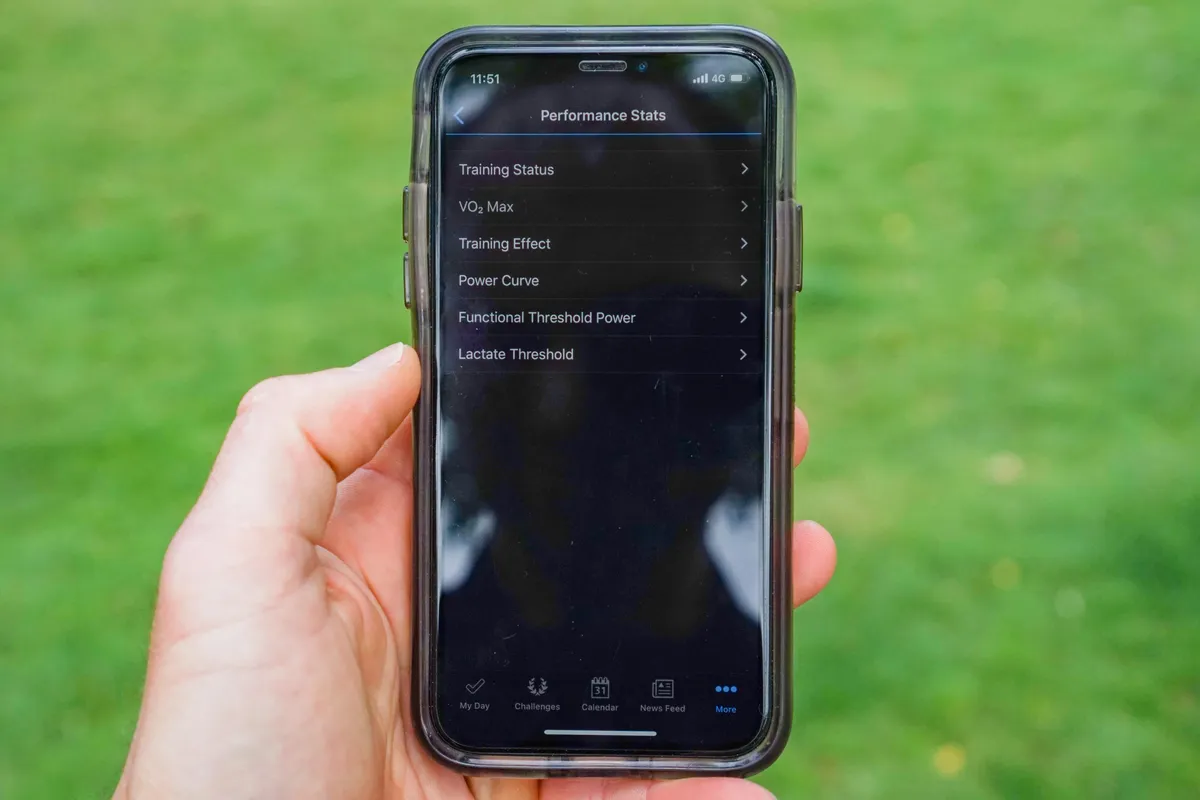
It’s a similar affair on the computer using the Garmin Connect web-based app, via the Garmin Express computer programme. Everything that’s available online in Garmin Connect is in the smartphone app, which ensures seamless compatibility and functionality between your devices. The level of usability and inter-app syncing really impressed me.
Strava integration is top-notch too, and after just a few clicks that are needed to authorise Strava to see my data, the Garmin Edge 830 was already connected and my rides synced with Strava.
However, on-device Strava Live segments require a Strava Summit membership, and for your smartphone to be connected to the device.
Garmin Edge 830 connected features
Although some of the headline training features require additional sensors that are not included in the device-only option, the bicycle computer isn't seriously limited by their omission. You can expect to pay an extra £80 for the sensor bundle which includes a heart rate sensor, speed sensor and a cadence sensor.
The device has a group messaging and tracking feature that's also found on the Edge 820 — a feature that’s great on paper but requires multiple levels of organisational prowess to work with any real success. In 2017, we noted that “for GroupTrack to work, your friends must have a LiveTrack-compatible Edge computer like an Edge 520 or Edge 1000 that is paired to their smartphone and have their Garmin Connect app on, paired and running LiveTrack,” so that’ll be a monumental task if my friends are anything to go by.
Bundled in this feature-set is the device’s ability to act as an alarm for your bike
The incident detection feature, which alerts a pre-defined contact that you’ve had an accident, requires that the device is paired with and connected to your phone — which needs to be smart. No Nokia 3310s here.
This feature does struggle to differentiate between potholes, abrupt stops and jolty gravel sections (if that’s your thing) and crashes or real incidents. Your nominated caller might get more notifications than they hoped for depending on how vigorously you’re riding, so I opted to leave it turned off to avoid having to press the cancel call button when it worked erroneously.
Bundled in this feature-set is the device’s ability to act as an alarm for your bike. Activate the alarm on the device and if someone moves your bike then the Edge 830 will send a notification to your smartphone.
Once again, while this sounds like a great idea it won’t stop or even deter a determined thief who’ll end up walking (or riding, or running!) away with your precious bike and fancy GPS computer.
If you’ve got your smartphone tethered to the Edge 830, the device displays notifications from incoming calls and text messages — these help you to quickly decide whether you need to answer your phone or can safely ignore the interruption to your blissful ride.
It’s worth noting, though, that if you’re trundling along a rough or gravelly section the screen is quite hard to read with any clarity.
Garmin Edge 830 route finding and mapping performance
The turn-by-turn navigation is fantastic on the Edge 830. The on-screen map, when zoomed in, provides excellent levels of detail and accurate guidance instructions with ample warning — both audible and visual — when a turn is approaching.
When you’re not on the mapping screen the navigation notifications with a map appear over your current screen, so, in theory at least, you should never miss another turn again.
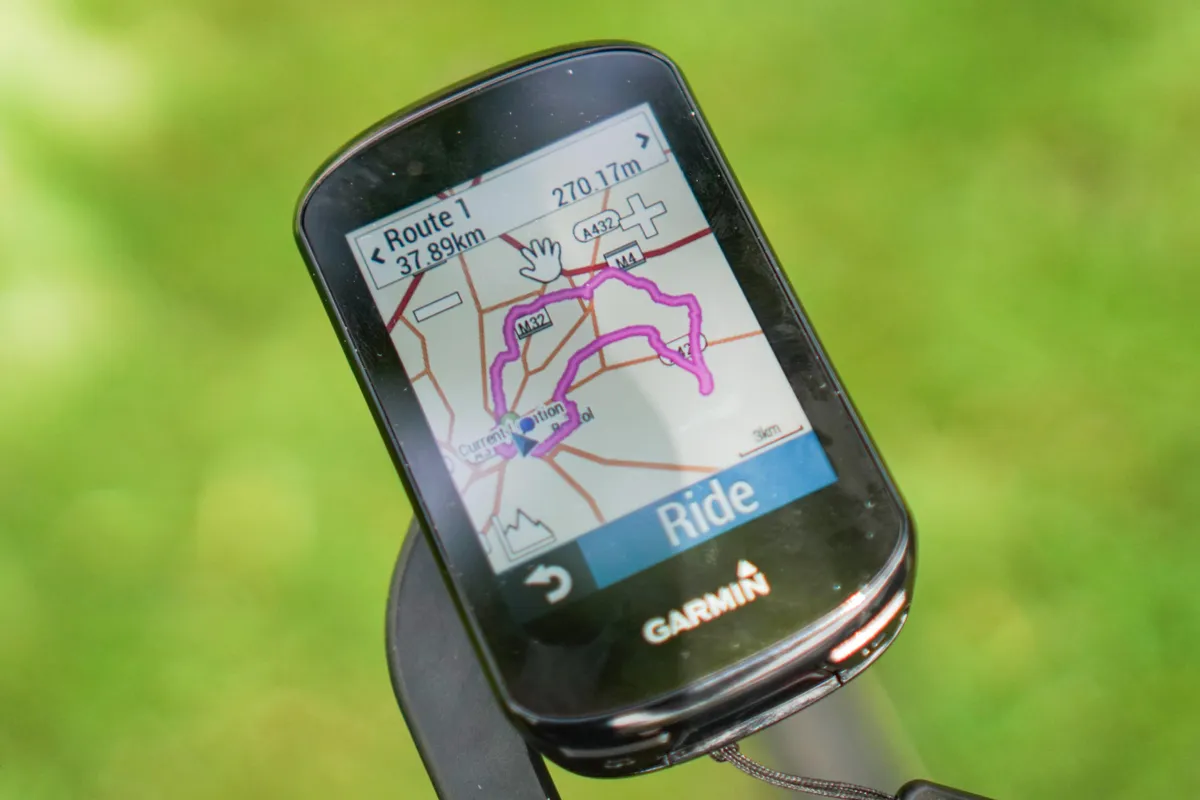
The navigation function works fantastically when you’ve uploaded a pre-programmed route on the device, but rely on the device’s own smart routing functionality, and you’re in for what can be a rough ride — quite literally.
Although the on-device route creation is intuitive to use, and for the most part doesn’t require hours of studying the instruction manual, some of the menu functions are a little clunky. It’s possible to find yourself two, three or even four menus deep before you can change or select the option you’re looking to modify.
That said, if you’re without a smartphone or computer, route creation far exceeds what used to be possible on-device from both usability and technical points of view compared to only a few years ago.
If you do decide to create a route using your smartphone, you might be a bit disappointed. The in-app map uses Google Maps and if you’ve used it to navigate on your bike before, especially on gravel or mountain bike rides, you’ll have noticed the omission of bridleways and some forest tracks. This theme of omission is the same in the app and it does make planning out an adventurous ride from your phone fairly tough.
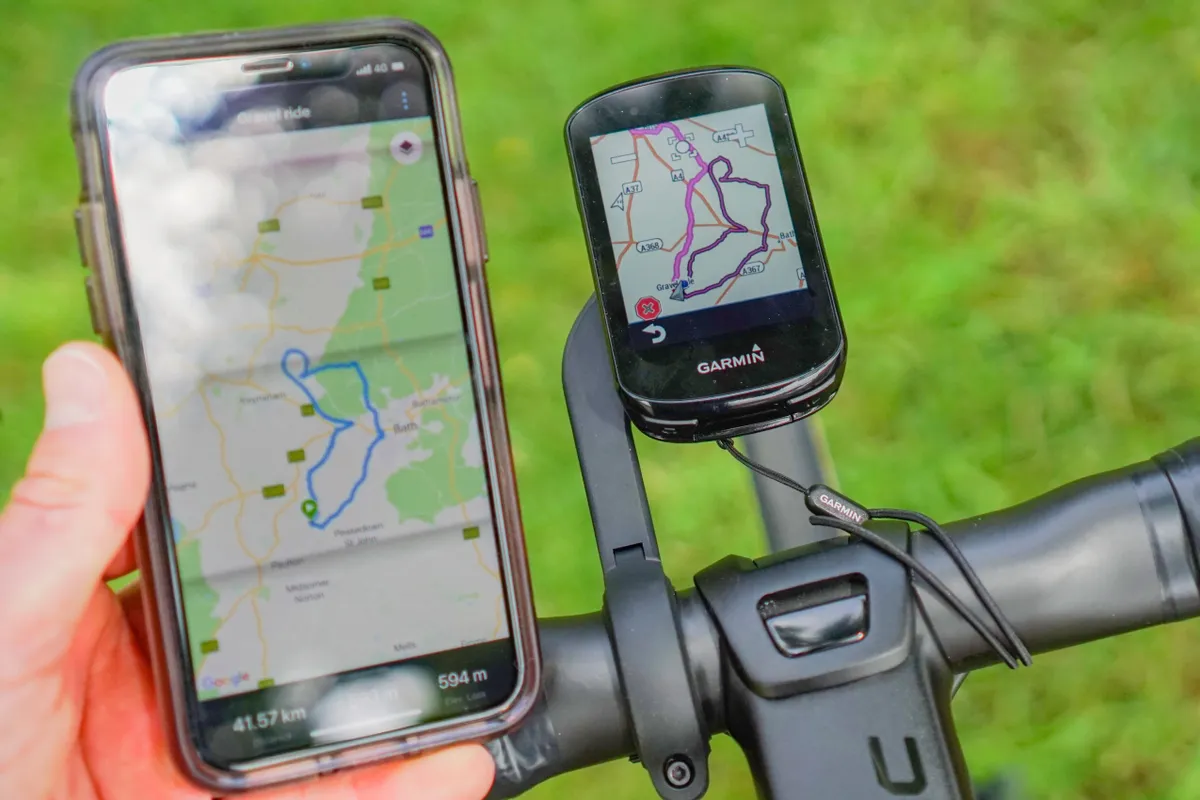
The on-device map, however, has an exceptional level of detail — even down to footpaths — that, unfortunately, the device is unable to differentiate between bridleways, so you’d better hope you don’t meet any unfriendly ramblers when you’ve innocently navigated on to a pedestrian-dedicated trail.
Great in theory, poor in practice?
There are plenty of options on the Edge 830 to create routes with different parameters, such as ride type: road, mixed, gravel or unpaved and mountain biking.
In theory, once again, this level of customisability is tantalisingly good and I had high hopes I’d be able to explore new roads, paths and gravel sections close to home that remained undiscovered.
To help the device create great routes, Garmin uses data akin to that created by Strava’s heatmaps that it's called Popularity Routing. Garmin claims it should help you ride like a local. The Edge 830 creates routes using this data to help you ride the best — or at least most ridden — trails or roads in any area.
Once you’ve dialled in your chosen route parameters and set the device to create a route, it takes anywhere between 15 seconds and a few minutes to generate a route, depending on route length and other parameters, such as waypoints. The route can be either point-to-point or circular.
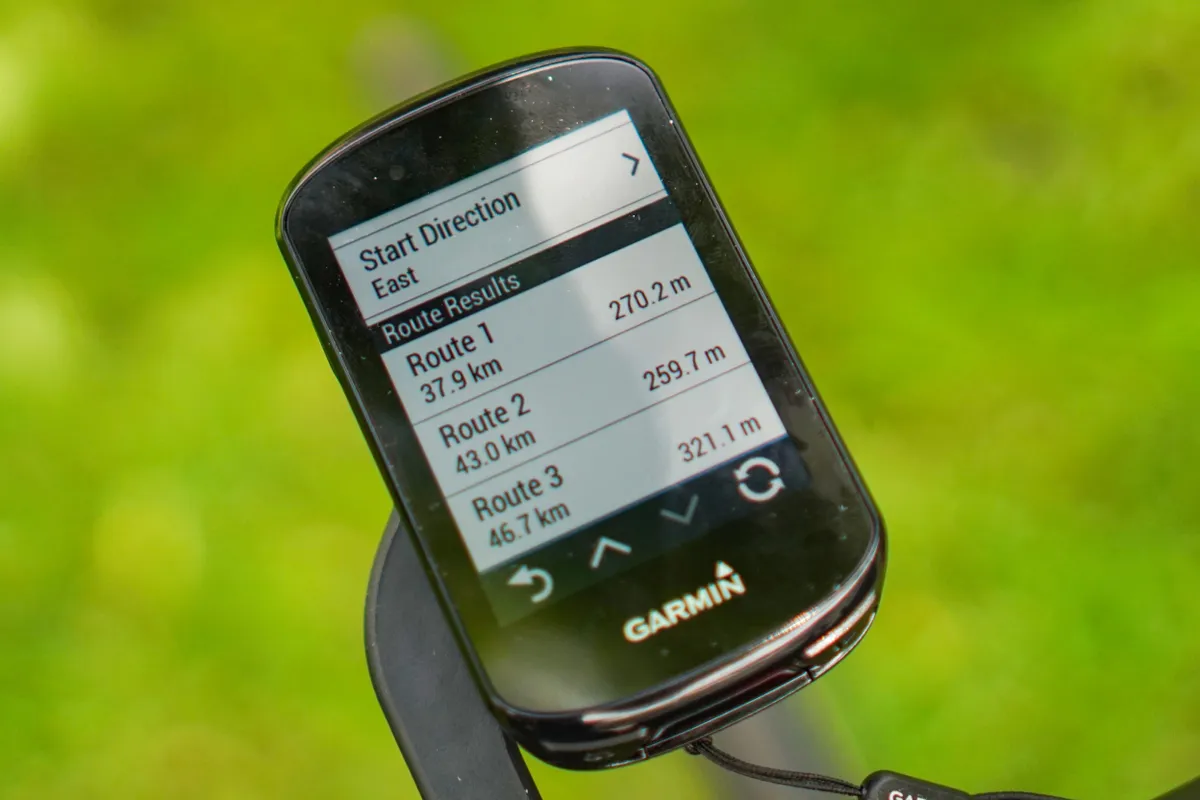
I was disappointed with the device’s ability to distinguish between different road and path types and it has a penchant to take you on the most traffic-dense roads or, in total contrast, the least suitable paths, trails or tracks for your defined parameters.
For example, when requested to provide a suitable gravel or mixed path route from my current location to a designated waypoint, the device ignored the gravel canal path that I was standing on, instead insisting on routing me along the busiest major road in the area.
Even when route parameters such as fastest, shortest or least ascent were toggled on and off, the device still didn’t want to navigate me along the gravel path as I’d initially requested.
Interestingly, the complete opposite happened when I asked the device to provide a road cycling route that should have been exclusively on pathed roads. The device decided that a byway more suited to farm traffic than 25mm-wide tyres was the most appropriate route for my requirements. There was a perfectly suitable tarmacked lane not far from the byway that would have taken me to the same point.
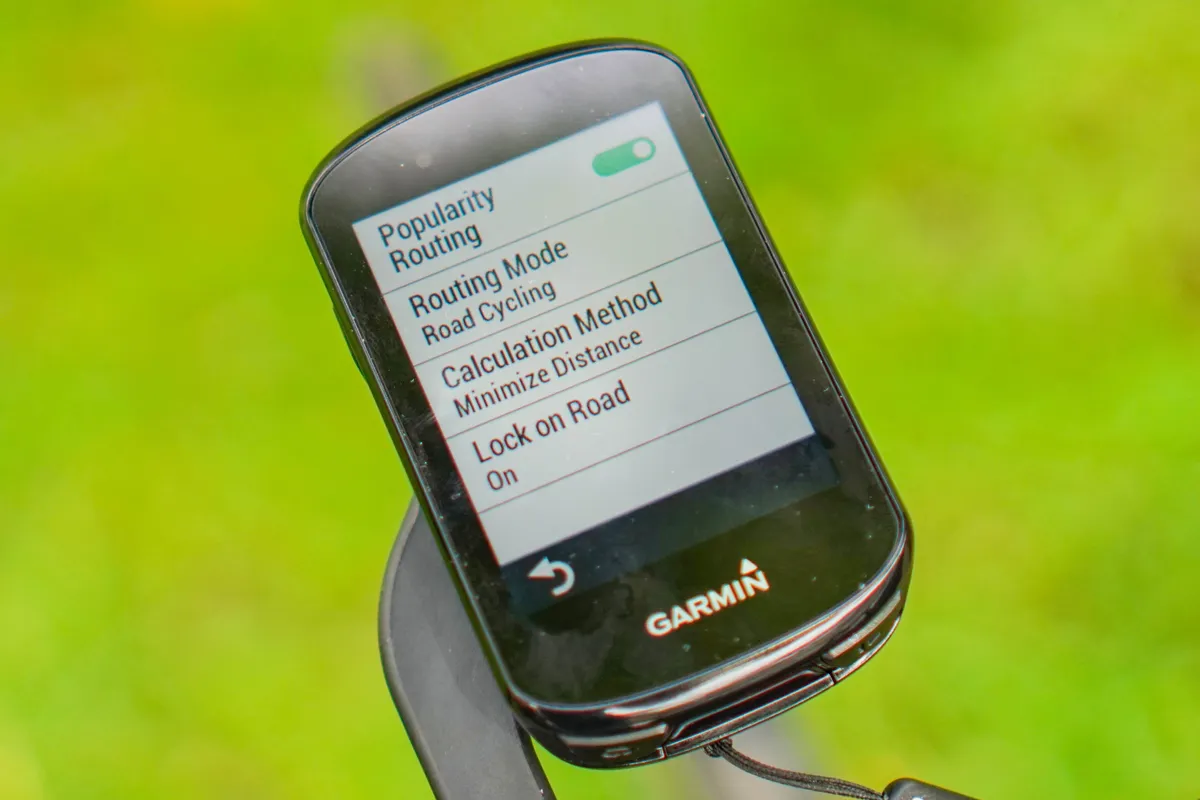
The rerouting feature works well but has a penchant for telling you to perform U-turns to re-join your route from the point of deviation. However, if you persistently disobey the device’s instructions it will finally provide you with alternatives that will either loop you back to re-join the original point of deviation or further down the route if you’re really disobedient.
The get you home function works well and you can choose between a different route entirely or follow the same route you’ve just taken to get you back to your starting point. The same issues as creating other on-device routes crop up here too, but if you need to get back to the start for whatever reason, it’s a good, reliable method.
It would certainly be fair to say that Garmin’s claims of ‘riding like a local’ are far from true; the device’s route creation isn't ideal but is a great feature to get you out of a bit of bind if called upon.
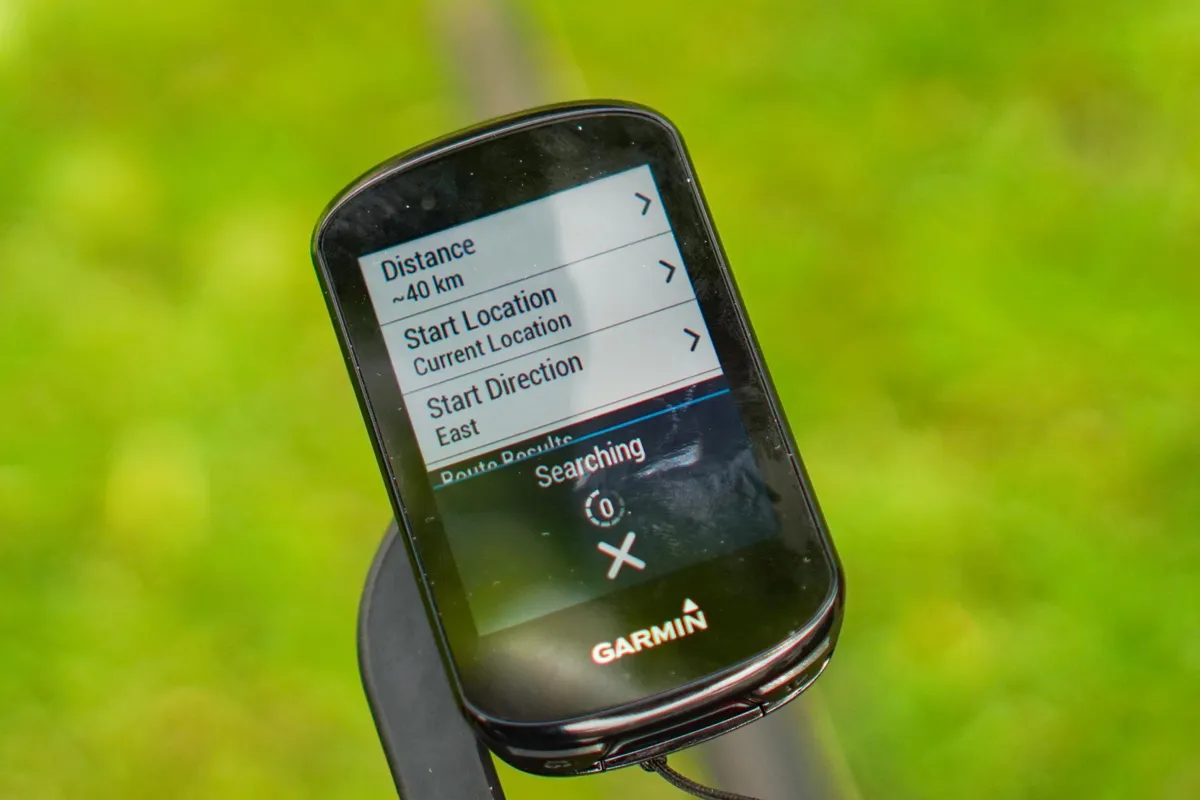
Garmin Edge 830 training features
Like the Edge 820, Garmin claims that the 830 has the ability to calculate your VO2 max, FTP (functional threshold power) and your lactate threshold. These features require a heart rate sensor and power meter that my base-spec device wasn’t supplied with.
If you’re into geeking out and thrive on knowing about the minutia of details about your ride, the extra sensors are a worthy investment if you don’t already own compatible models.
Garmin Edge 830 displays and information
In record mode the device has four screens as standard — one that displays current speed, average speed, distance travelled, time, calories burnt (with compatible sensor connected) and current elevation. There’s a lap screen — the device records a new lap every 5km by default — that displays current speed and distance with your average speed for your previous laps.
The navigation and map screen shows your current location on a map and your route if you have one programmed. The final screen displays past elevation data in a graph, your current heading and current altitude.
Each display is crisp and purposeful and shows you more than enough information for any given ride.
The device’s display and functionality are customisable with apps, widgets and data fields from the Connect IQ Store. Conveniently, the store is available directly from the device’s home screen.
Garmin Edge 830 battery life
Garmin claims the battery can last up to 20 hours on GPS mode and up to 40 hours with an additional power pack or if it's in battery save mode.
In reality, these figures are going to be less but like any electronic device it's battery life depends greatly on how you use it and what you’re using it for, how bright the display is and how many times you use the touchscreen.
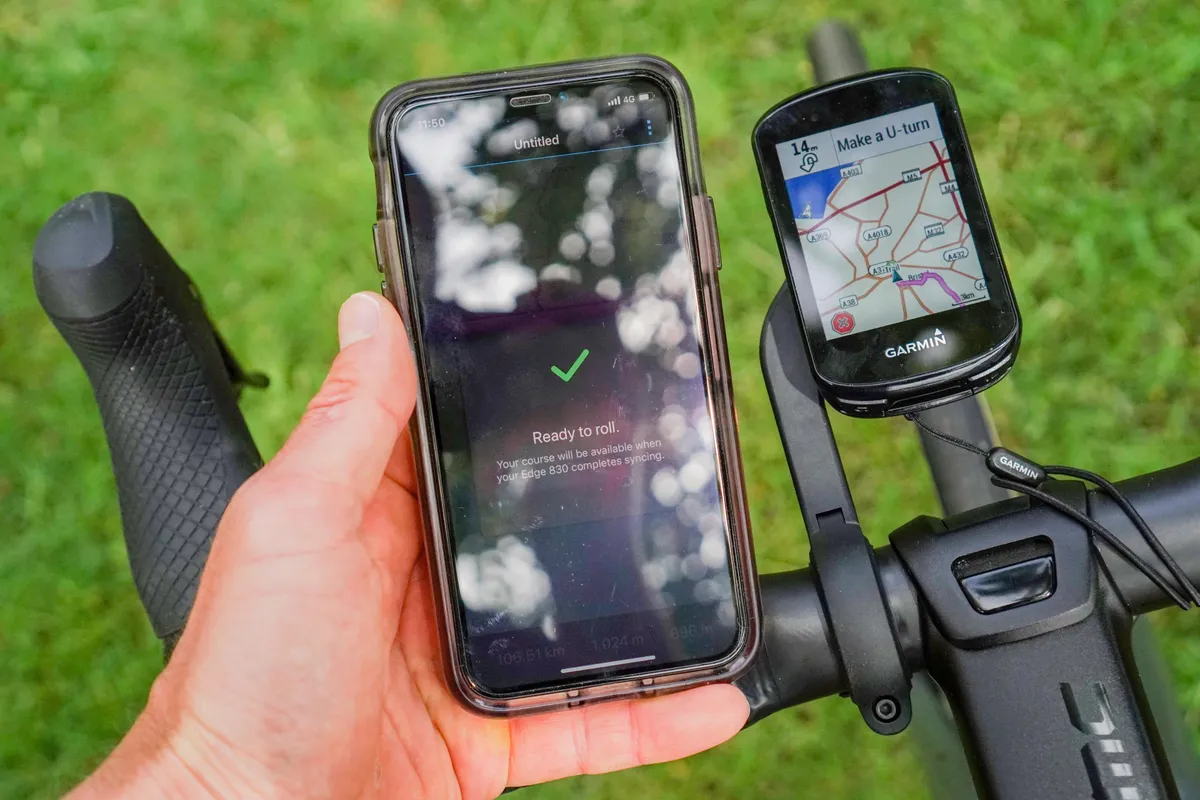
In navigation mode and with plenty of device messing about, route reprogramming and general use I drained about 25 percent of the battery after two hours of recording.
With these heavy usage habits, it’s safe to extrapolate that the battery would last eight hours in on-trail recording — pretty impressive considering the outgoing Edge 820 only lasted four hours in similar conditions.
Garmin Edge 830 bottom line
With an impressive array of interesting and useful — if a little clunky at times — features, the Edge 830 is a true class-leading GPS that really offers plenty of useful functions above and beyond its competition.
The maps and navigation features are easy to understand and it’s relatively simple to programme in routes. On-device route calculation isn't great, though, and it certainly didn't live up to Garmin's claims of riding like a local.
The on-device data and displays are fantastically simple to read when you’re on the move, but it’s certainly worth investing in the additional sensors if you don’t already own compatible ones.
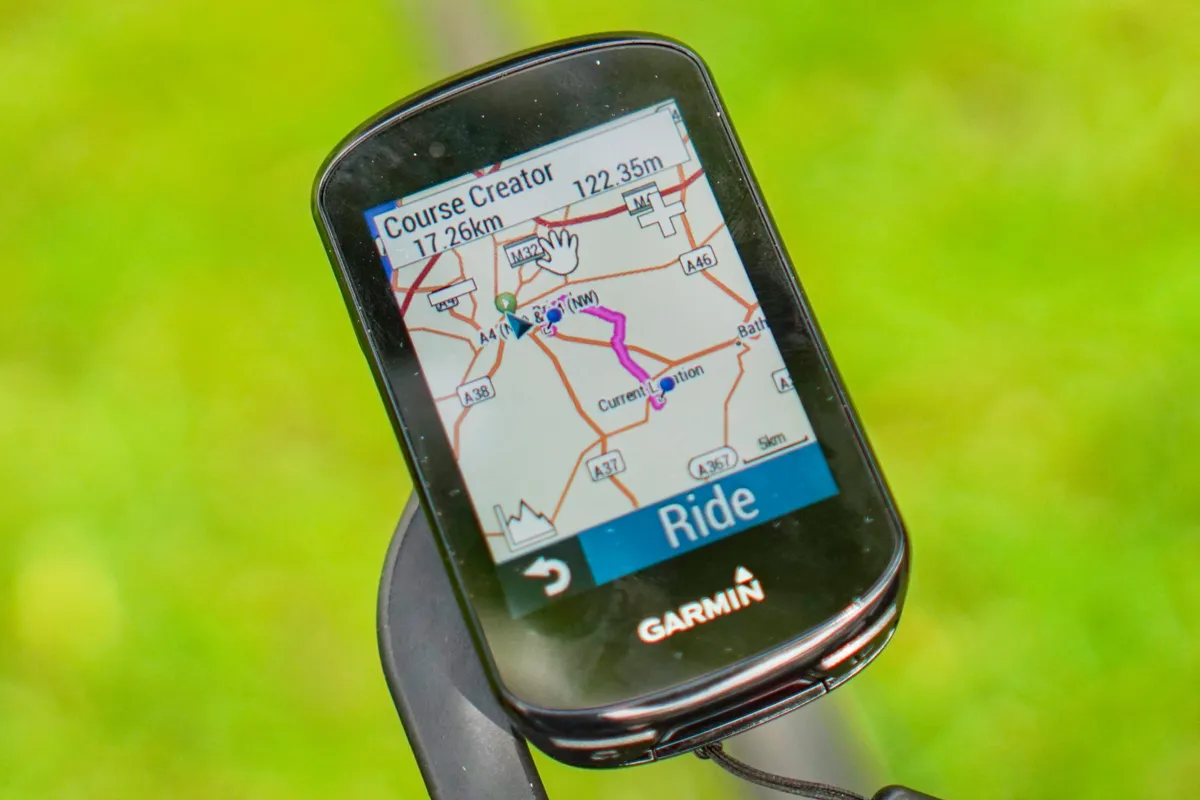
Product
| Brand | Garmin |
| Price | A$599.00, €399.99, £349.99, $399.99 |
| Weight | 82g |
| br_whatWeTested | GPS only, no sensors tested |
Features
| Strava live segments | yes |
| Turn by turn navigation | yes |
| Smartphone notifications | yes |
| Water resistance | IPX7 |
| Screen dimensions | 2.6” |
| Display resolution | 246x322 pixel |
| Sensor compatibility | Wifi, Bluetooth and ANT+ connectivity |

